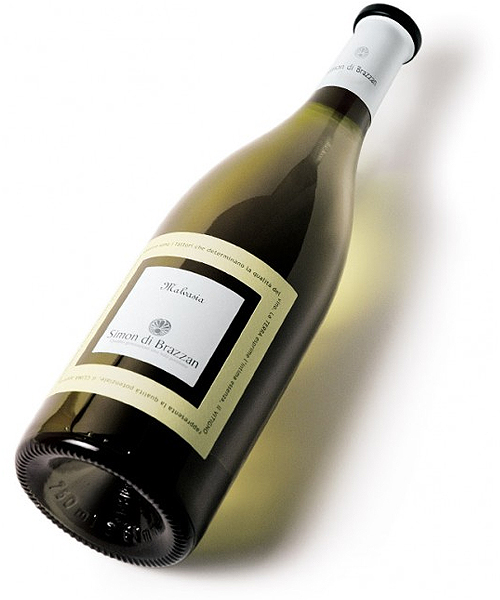Malvasia
Malvasia is believed to originated and spread from ancient Greece. In the the Middle Ages, Malvasia wine was the standard offering from Venetian merchants. So much so their wine shops were called “malvasie.”
Appellation: Venezia Giulia IGT
Type: White, dry
Varietal: 100% Malvasia
Color: Straw yellow with bright golden-green reflections.
Bouquet: Crisp green apple and spring herbs with notes of flowers and tropical fruit.
Taste: Fresh and tangy white orchard fruit with a flinty minerality and a pleasant finish.
Alcohol: 13.5%.
Serving Temperature: 10-12º C (50-53º F).
Pairing: A fine apéritif and it does not need food to be enjoyed. However, there are a number of fine pairings, pickled fish and vegetables, or tomato based dishes, lighter fish dishes, shellfish, green salads, with or without vinaigrette, and fatty cheeses.
Production Area: 2.5 hectares (6.2 acres), divided into six lots, located in Brazzano di Cormans, Province of Gorizia.
Soil: Alluvial soil with excellent drainage and good fertility; sufficient rainfall appropriate to vine cultivation.
Training System: Cappuccino or double-arched dog on their older vines. Simple Guyot is used for new plantings.
Viticulture: Grass between alternate rows. Bunch cutting, according to the season to maintain a consistent yield for vine. Old leaves near the grape bunches are removed to keep the grapes healthy and complete ripening.
Harvest: Manually; usually at the end of September and before the mid-October.
Vinification: Traditional, starting with careful destemming; followed by a heat exchanger to cool the destemmed grapes. Temperature-controlled maceration, after the maceration period, the vats are blendedto achieve textural and varietal balance. The wines then rest throughout the winter in a cold environment so they naturally self-stabilize.


